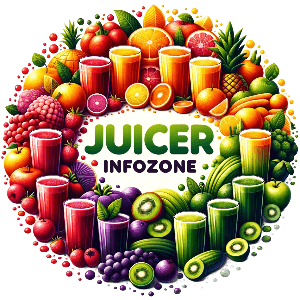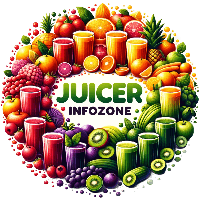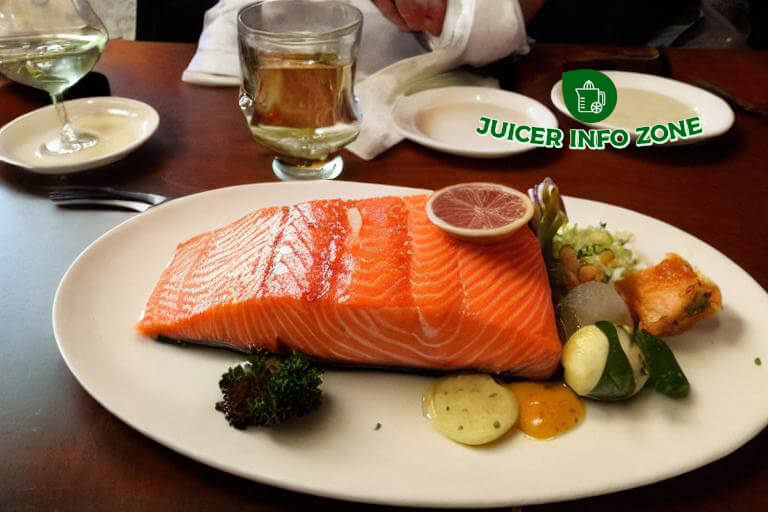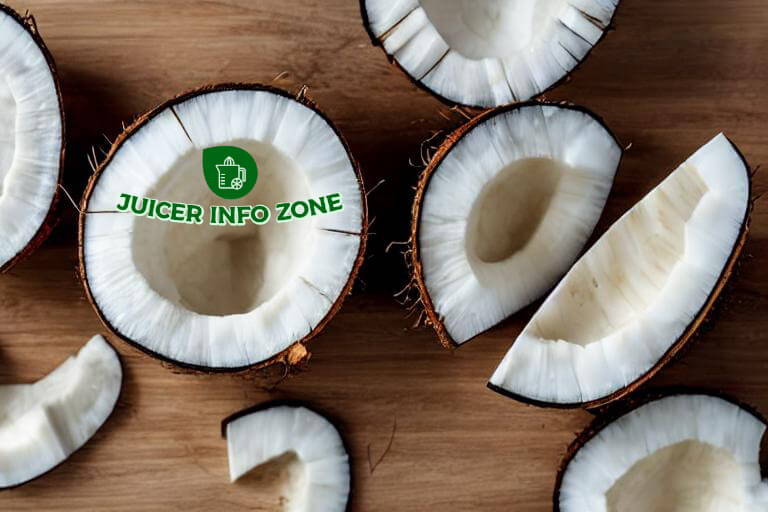Reviewing Jay Robb’s Fruit Flush Detox
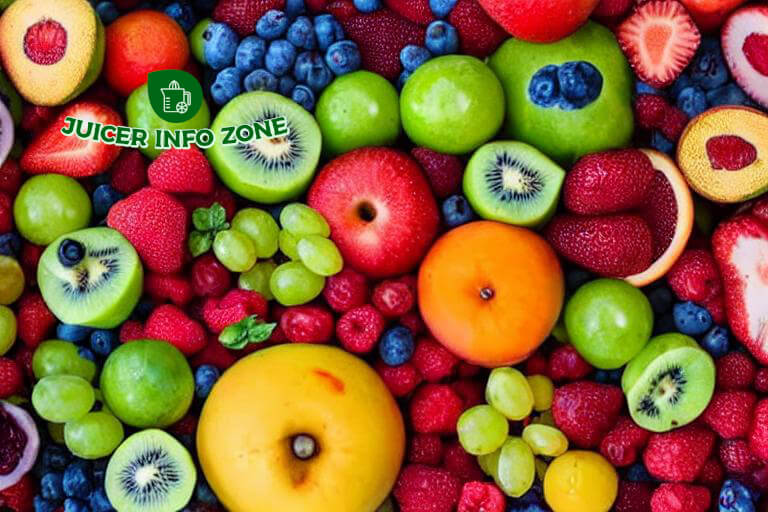
Jay Robb, the author of The Fruit Flush 3 Day Detox, yields a slightly higher mark of approval among some in the medical community in comparison to other “detox” diets.
As a rule of thumb, any diet with the word “flush” or “detox” in the title will not be held in high esteem by anyone medically schooled in diet, nutrition, or fitness. The general consensus is that detox diets are ineffective in the short term and can be detrimental if followed through long term.
And the bane of all detox diets, including the Fruit Flush Diet, is that no diet has ever been proven to increase the detoxifying power of the liver, kidneys, or lymph nodes responsible for naturally flushing toxins out of the body. Furthermore, no detox diet has ever mentioned specific toxins that are flushed out in the process.
All things being equal, however, dieting is still about what works for an individual dieter.
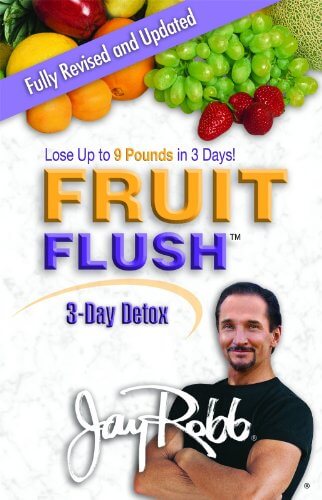 The Fruit Flush diet is a three day diet with very specific dietary standards. It is not a fruit-only diet as the name implies and actually contains an abundance of protein on the first day with a modest amount of protein on days two and three.
The Fruit Flush diet is a three day diet with very specific dietary standards. It is not a fruit-only diet as the name implies and actually contains an abundance of protein on the first day with a modest amount of protein on days two and three.
While Jay Robb is not a registered dietitian, he does adhere to some of the commonly held dietary beliefs. First, Robb admits that 50% or more of the weight lost on his Fruit Flush 3 Day Detox diet is going to be water weight. Second, Robb admits that protein is needed to prevent the body from scavenging muscle.
Third, Robb acknowledges that exercise is not feasible while on his 3 day fruit flush as calorie restrictions may be too severe.
The base of the fruit flush diet is a protein shake (6 oz. serving size). This protein shake must not contain any of the following: sugar, sucrose, fructose, evaporated cane juice, artificial flavors or colors, aspartame, casein, calcium casein ate, sodium caseinate, acesulfame-K, or acesulfame potassium.
This simply means that the number of available protein powders may be limited, and may not be available in the supermarket.
Once this is found, day one of the 3 Day Fruit Flush is to drink one serving of this powder every two hours between 8 a.m. and 4 p.m. and chase it down with 8-12 ounces of water. This equates to 30 oz. of protein powder with a minimum 40-60 ounces of water.
Dinner restrictions are also severe, allowing for 3 to 6 cups of a raw veggie salad, 1 to 2 tablespoons of a healthy fat (such as flaxseed oil or olive oil), half a lemon or lime, and 3-6 ounces of lean protein or egg whites.
Days two and three of the fruit flush are identical in structure. Instead of the protein shake every two hours between 8 a.m. and 4 p.m., the shake is replaced by one serving of fruit (roughly 100 calories) every two hours chased down with 8-12 ounces of water. Dinner consists of the 6-ounce protein shake, the raw veggie salad, the healthy fat, and the half lemon or half lime.
Jay Robb argues that the body enters fat-burning mode when consuming fruits, veggies, and lean protein for 36 hours, and that in turn preserves muscle and targets fat. Furthermore this diet (according to Robb) can be followed once a week, once a month, or anytime the dieter believes they need fine-tuned weight loss.
And while much of the weight loss is water weight, Robb contends that rapid weight loss has the psychological boost that can yield greater weight loss.
For every dietary claim, there is a counterclaim. Some experts view such diets as potentially damaging for long term healthy eating by creating a negative association with fruit. Nutrition experts also point out the nutritional deficiencies in this and other detox diets, and preach the approach of nutritional balance rather than nutrient elimination.
When followed for the three days, many experts believe that in reality there is nothing lost, nothing gained. The three days of nutrient deficiency are no more or less harmful than suffering with the flu for a few days and not being able to eat normally.
The number of “scientific” approaches to eating and losing weight are numerous and not every approach works for every dieter. Flush diets provide short term weight loss with the majority of weight loss coming from water.
Though it is not universally accepted, the commonly held belief in the dietary community is that slow and steady wins the race, and that long-term weight loss comes from more balanced diets rather than crash diets like the Fruit Flush Diet.
